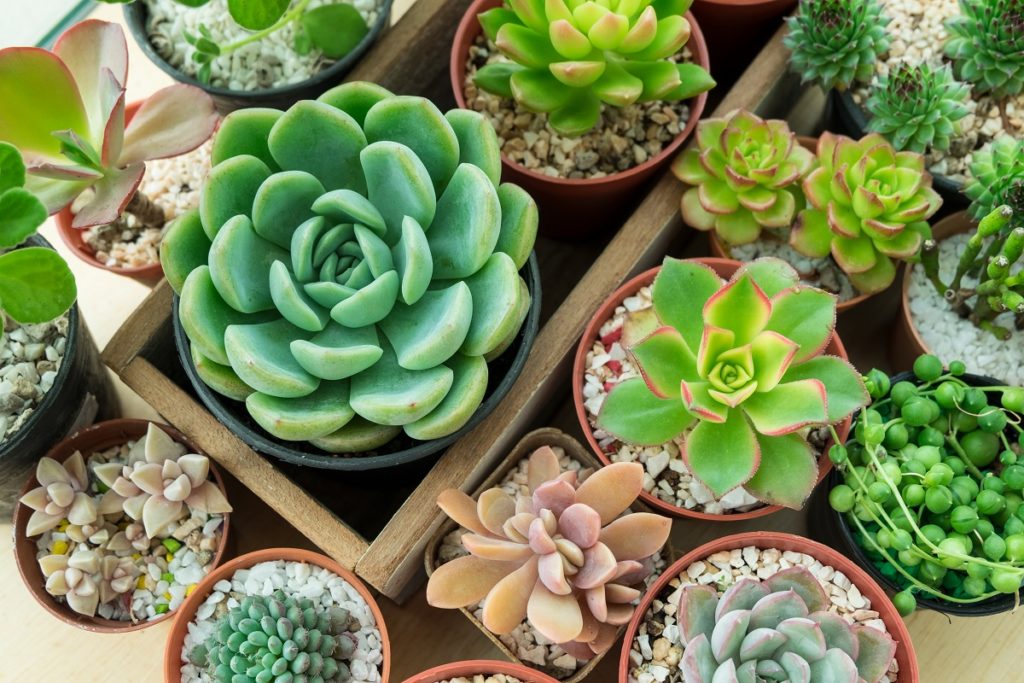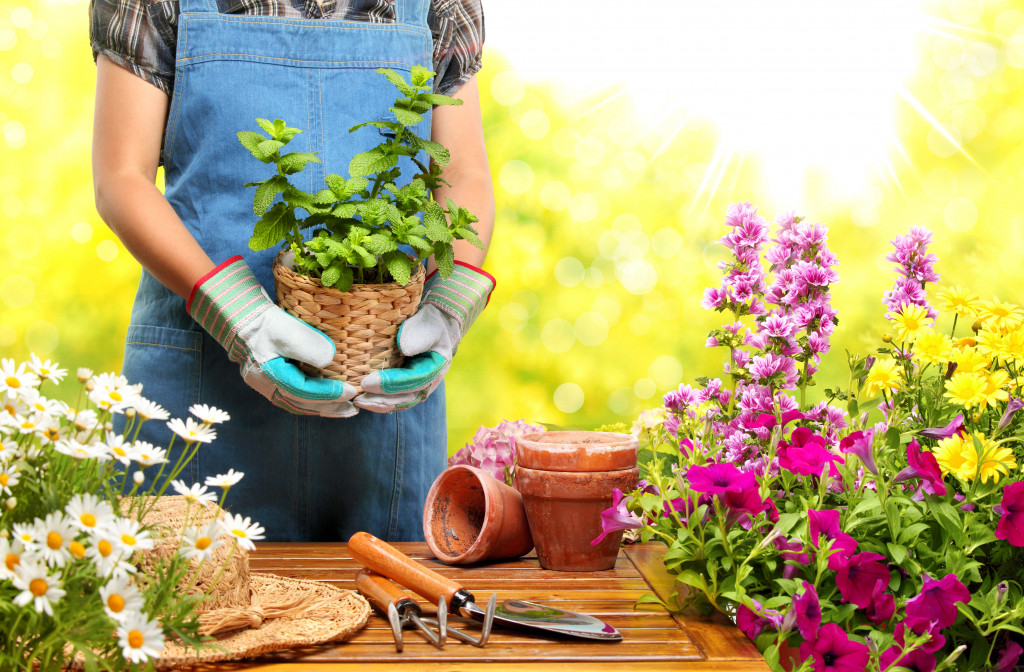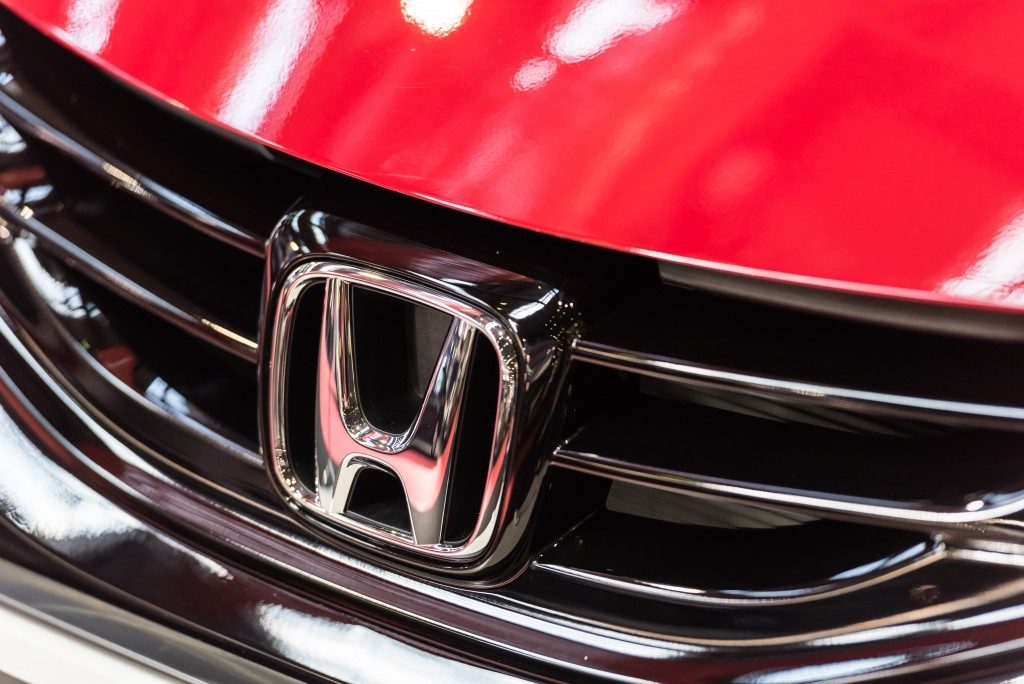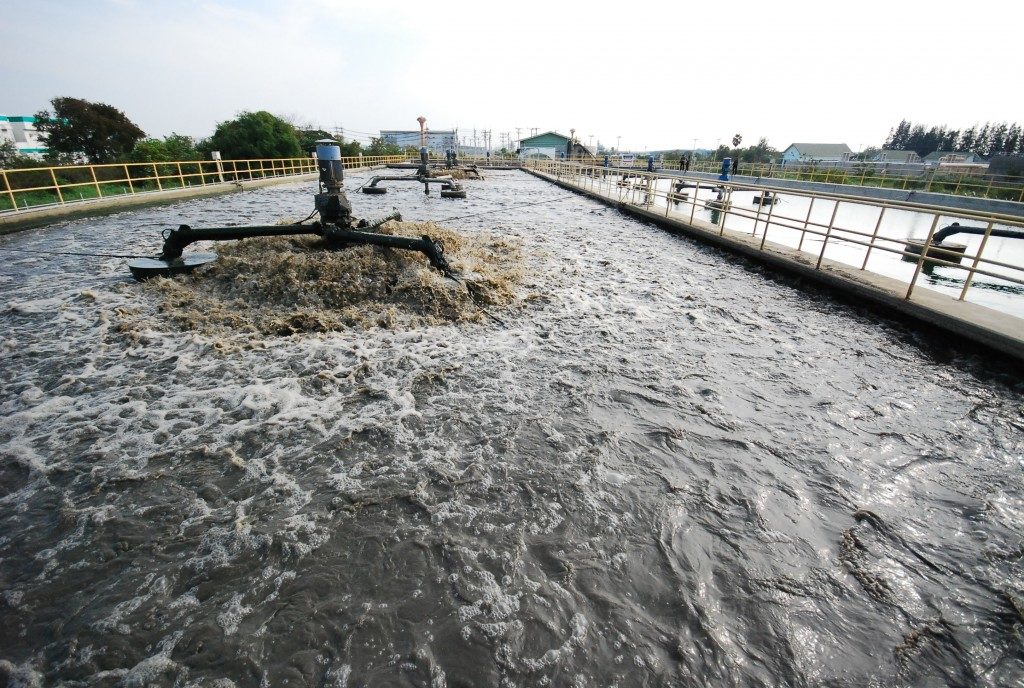Gardening is a great endeavor to explore and has a multitude of benefits. Besides adding a lovely breath of life to your interiors, it also helps with the air quality of the home. It provides some practical fruits to your labor, letting you sustainably have access to organic vegetables and herbs. Among the gifts it brings are also the slew of health benefits that come with it. The act of gardening has been shown to foster peace of mind, improved energy and mood, better memory, and higher resistance to various conditions and diseases.
These days, not everyone has a plot of land outside that they can work with. Thankfully, indoor gardens are perfectly viable and maintainable. If you’re looking to get your green thumb in action, here are some tips to help you make a garden inside that is full of life.
-
Table of Contents
Make sure you’ve got a proper HVAC system for it.
Since you control the environment that your garden will thrive in, you want to make sure that your heating, ventilation, and air conditioning are suitable for the type of plants that you plan on growing. Generally, you want to maintain proper temperatures and the right amount of humidity to help your garden grow nicely. That said, it should also be noted that, in turn, your garden can also affect how your HVAC operates. Plants can increase humidity, and flowers can get pollen in filters and vents and the like, so it’s a must to maintain a balance between the two with proper maintenance. Even the natural environment and climate can play into this, so say an HVAC system in Utah will have a different response than Alaska.
-
Ensure good sources of light.
If you put your indoor garden into a good position, it should have ample access to natural light, but this can be somewhat limited and dictate the direction they grow towards. If you have limited lighting, you can always opt for energy-efficient grow lights. Setting up grow lights can allow you to nourish both houseplants and seedlings even in colder seasons. It’s essential to pick the right color that produces a full spectrum to mimic the effect of sunlight.
Other considerations for grow lights is the intensity of the bulb and how energy-efficient they are. A crucial part of the process is remembering to turn them off and on by a schedule.
-
Install a time or self-watering pots.

If you can’t always be there to water your garden or you have a lot, then set up a timer to remind you or to automate some watering. Digital irrigation is already done by many people, so it’s okay to use this method (as long as you set it up correctly). That is a good option if you’re going to be unable to monitor your plants for a while, and you are worried that drip irrigation may go overboard.
Alternatively, for some specific plants like vegetables, you can also consider self-watering pots or containers. It should be noted that the name itself can be a bit deceiving since you’ll still be doing the initial watering. These pots create a reservoir based on a container you fill up, but they do the rest of the work themselves from there. That can help ensure that they get exactly what they need, no more and no less.
-
Give it room to grow.
It’s best to dedicate enough space for your garden. From the spacing between plants to the actual room you provide for your garden, make sure nothing is getting cramped so you can maximize their growth. It’s also smart to assign an area for this so that you can have a specific headspace for gardening whenever you reach the vicinity.
-
Go for low-maintenance seeds.
This is not necessary if you take the time to create a good set-up for your garden, but it may be an easier jumping-off point for you to take on seeds that are easier to maintain and are more forgiving. Think aloe vera, pothos, carrots, and the like. You can explore some more options if you like, as long as you can put in the time and resources into it. It’s also a good idea to start easy and expand from there.
These are just some of the initial pointers you can follow when starting your indoor garden. But with enough time, love, and effort, your space should be able to thrive. Not only will you have a relaxing place to stay in, but you can also gain experience with indoor gardening.





